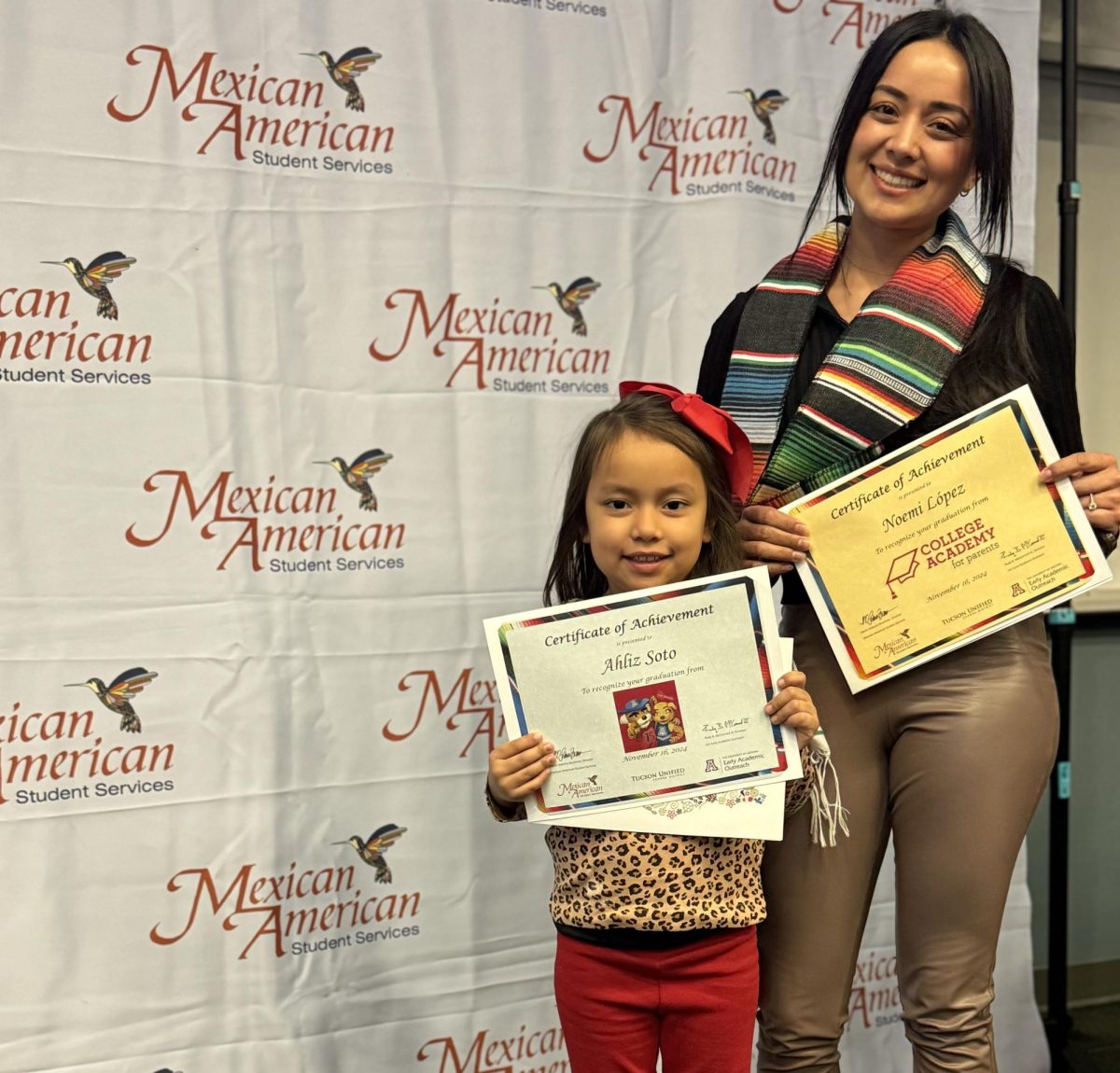The city of Tucson held its 58th annual Gem and Mineral Show in the Tucson Convention Center this weekend, hosting exhibits from around the world and gathering revenue for the city.
Every year, Tucson hosts the largest gem show in the world, said Bill Butkowski, a vendor from New Providence, N.J., and owner of The Mineral Cabinet, a business specializing in selling minerals, gems and shells from all over the world.
This year, in honor of the state’s Centennial celebration, organizers set up 48 cases of gems dug from Arizona mines. “The 100 Years of Arizona’s Best: The Minerals that Made the State” exhibit is also on display at the UA Mineral Museum. Dozens of smaller, separate shows are also hosted throughout Tucson in the first few weeks of February.
One of the reasons that Tucson is such a popular spot for the show is a combination of the city’s mildly arid climate and mineral-rich resources, Butkowski added. In exchange for the stockpile of gems and minerals, suppliers, buyers and tourists generate about $76.5 million for the city of Tucson and $6 million in state and local taxes, said Mayor Jonathan Rothschild.
The show includes vendors from France, Germany, parts of Asia as well as many local vendors. Kurt Niece, a UA alumnus and jeweler who specializes in silver, was one of the many vendors at the show. Niece not only makes jewelry, but also teaches jewelry-making and metalsmithing at Central Arizona College.
Many of the artists and vendors at the show did not start off as artists, buyers, suppliers, or jewelers, Niece said. Many worked in business, journalism, geology, geography and in science and research laboratories. Niece said he didn’t even think about making jewelry or working with silver until the middle of his second year at the UA. After apprenticing with a silver smith he switched his major and eventually graduated with a bachelor’s in fine arts.
Neffra Matthews, a geologist who works with Colorado’s Bureau of Land Management, also attended the show. She said she spends most of her time making topographical maps for the state of Colorado, but in her spare time creates works of art with her partner, Susan Judy. Judy owns Stone Quilt Designs, which features rock designs she created with a mirror image quilt design created by Matthews, who focuses on prehistoric designs and makes her own line of clothing, jewelry and quilts.
Judy and Matthews are featured artists in the Gallery of Lapidary Artists, a Colorado gallery that showcases stone artists. The gallery was started by Leo Atkinson, another vendor at the show, who specializes in geodes. Atkinson has attended the gem show for about 25 years, and is one of the few vendors who double as both supplier and buyer at the show, he said.
Like many of the other vendors, Atkinson did not start off as an artist, he said. He graduated from the University of Michigan as a parks and recreation director and did not start working with gems and minerals until he met his wife, a woodworks artist. Over the years, he has seen a great deal of success, even selling pieces to the sheik of Qatar, he said. The key to being successful even for small-time dealers, he said, is quality.
Most dealers at the show draw in moderate amounts of revenue, depending on the size of their business. Large dealers will many times draw in hundreds of thousands of dollars, while smaller vendors might gain $10,000 to $20,000 at most, Atkinson said.
Many vendors, he said, are attracted to the show not because of the amount of money they could make, but the opportunities that arise from being at the show.









